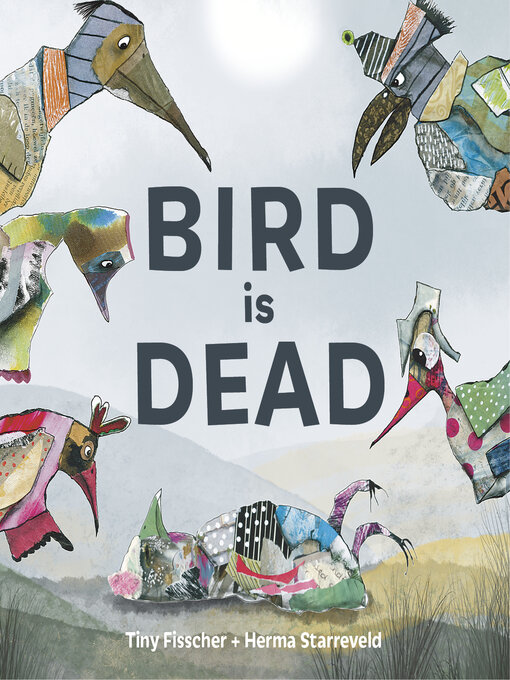An honest and simple exploration of death and grief for kids 4 to 8. With playful illustrations by a therapist-turned-artist, Bird is Dead uses humor to make death a more approachable topic.
Bird is dead. Yesterday he was alive. How do the other birds know? On your back + feet up = dead. Some of the birds cry a little. And that's alright. Crying together can be nice. When it's time to give Bird a funeral, they reminisce about him, and then have tea with worms (or cake, if you don't like worms).
In a straightforward but warm way, this picture book of collaged birds can facilitate discussions with kids about:




